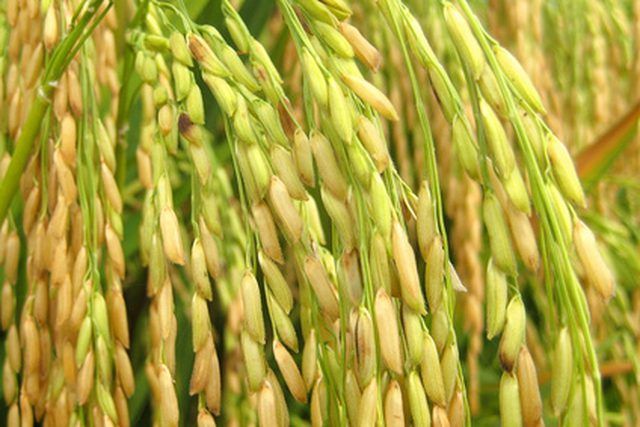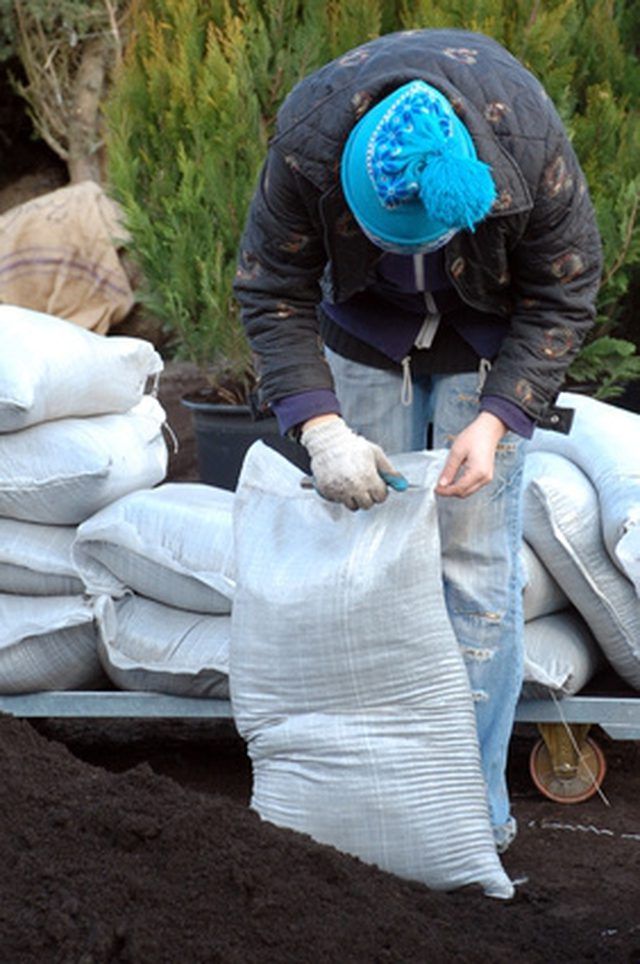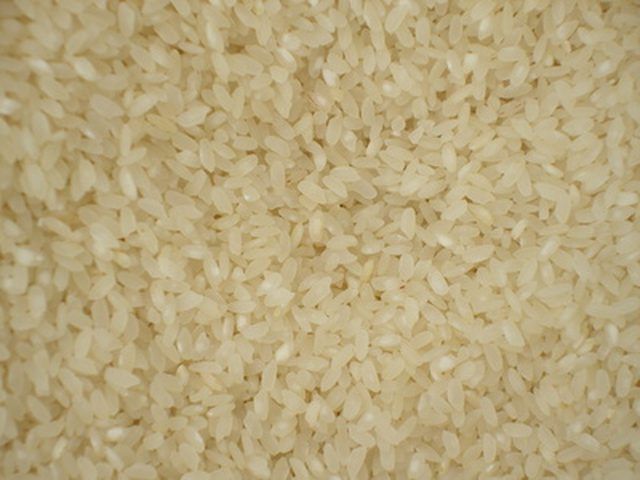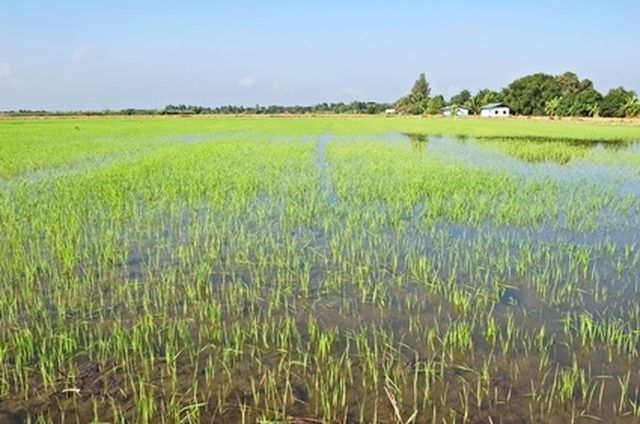Bulbs
Flower Basics
Flower Beds & Specialty Gardens
Flower Garden
Garden Furniture
Garden Gnomes
Garden Seeds
Garden Sheds
Garden Statues
Garden Tools & Supplies
Gardening Basics
Green & Organic
Groundcovers & Vines
Growing Annuals
Growing Basil
Growing Beans
Growing Berries
Growing Blueberries
Growing Cactus
Growing Corn
Growing Cotton
Growing Edibles
Growing Flowers
Growing Garlic
Growing Grapes
Growing Grass
Growing Herbs
Growing Jasmine
Growing Mint
Growing Mushrooms
Orchids
Growing Peanuts
Growing Perennials
Growing Plants
Growing Rosemary
Growing Roses
Growing Strawberries
Growing Sunflowers
Growing Thyme
Growing Tomatoes
Growing Tulips
Growing Vegetables
Herb Basics
Herb Garden
Indoor Growing
Landscaping Basics
Landscaping Patios
Landscaping Plants
Landscaping Shrubs
Landscaping Trees
Landscaping Walks & Pathways
Lawn Basics
Lawn Maintenance
Lawn Mowers
Lawn Ornaments
Lawn Planting
Lawn Tools
Outdoor Growing
Overall Landscape Planning
Pests, Weeds & Problems
Plant Basics
Rock Garden
Rose Garden
Shrubs
Soil
Specialty Gardens
Trees
Vegetable Garden
Yard Maintenance
How to Grow Jasmine Rice
How to Grow Jasmine Rice. Jasmine rice is an aromatic, medium-grain rice commonly grown in Thailand, but also adapted to grow in other similarly warm and moist environments. Growing Jasmine rice on a large scale to produce hundreds or thousands of pounds of commercially sold rice takes place in very large fields that are often flooded with water....

Jasmine rice is an aromatic, medium-grain rice commonly grown in Thailand, but also adapted to grow in other similarly warm and moist environments. Growing Jasmine rice on a large scale to produce hundreds or thousands of pounds of commercially sold rice takes place in very large fields that are often flooded with water. However, growing rice in a backyard or small plot is also feasible.
Things You'll Need
Level field or garden
Soil that retains moisture
Irrigation system
Water-drainage system
Jasmine rice seeds
Preparing the Plot
Choose and measure the plot based on space availability and access to lots of sun and water. Select land with full sunlight and at least three to four months of temperatures above 70 degrees Fahrenheit, and where water stands after rainfall.
Till the soil with spades, rakes and shovels.
Remove weeds. Add fertilizer or compost (naturally nutrient-rich soil) and level the plot. Leveling is important, as any standing water and moisture needs to reach all rice plants equally. Eliminating weeds is necessary because the weeds compete with the rice plants for space and nutrients, according to a November 2009 article in Mother Earth News.

Planting/Harvesting
Soak the rice grains you will plant in water for 12 to 36 hours before planting. This practice is called priming.

Dig a small hole a few inches into the ground soil. Place one grain of Jasmine rice seed in the hole. Plant the seeds in rows, which will help make weeding easier as the plants grow. You will need one to two ounces of seeds per 100 square feet of planting.
After planting your seeds, cover them with soil and pack the soil down lightly. Cover with mulch. Water daily and keep the ground moist at all times.
If you choose, flood your Jasmine rice plot. An article in Mother Earth News states that commercial rice farmers keep their plots submerged in rice paddies at all times. However, one inch of water in a home-growing setting should be sufficient. Build up the sides of the plot with additional soil (two to six inches high) to keep water in. Line the built-up sides with plastic. These sides should help keep the flood water from seeping out.

Drain any water in the plot and pull the plants out when they grow to about 15 inches in height. This growth can take 90 to 180 days.
Separate the Jasmine rice (still inside the hull) from the stem by hand or with a machine.
Tips & Warnings
Rice hulling machines are available online.
Monitor rice plots for pests and bugs as a result of standing water. Some farmers drain standing water each night as a way to keep pests at bay and to give rice plants better access to sunlight and oxygen.